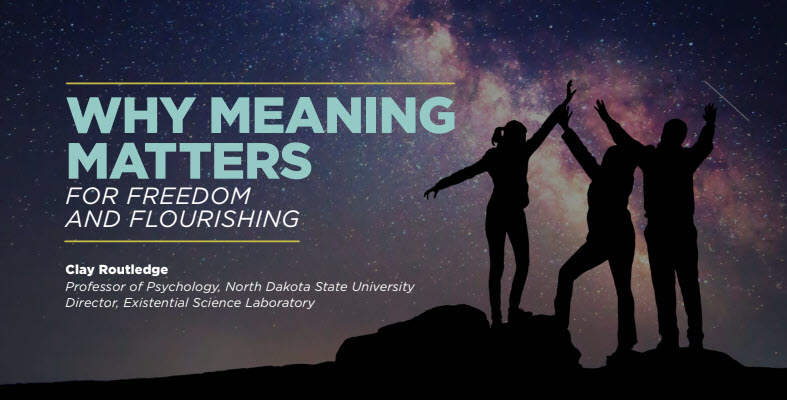Four months of pandemic-induced physical isolation can make us rethink everything.
We’re missing people, hugs, favorite activities, traditional ways of celebrating milestones like graduation, birthdays, even death of a loved one. So many options have dropped away. At the same time, we’ve picked up new worries and responsibilities like changing employment and income, launching new safety protocols, being a home-school parent or delivering groceries to an elderly loved-one.
Some things that have fallen away bring a happy dance or sense of relief like a daily commute or entire weekend days running around the city handling errands. On the flip side, new elements have popped in that we’re growing to love, like time to think and reflect. The ‘mandatory slowness’ and opportunity to do some ‘life renovation’ may indeed feel welcome even if unfamiliar.
But what happens as we emerge from today’s highly unusual scenario and the slowness quickens? How do we keep what we want to keep and leave other bits behind? What does this new, thriving life look like and how will we remain both centered and productive? Enter meaning.
More is only better when it really matters.
We know a quickening pace of life leads to all kinds of pitfalls. In fact, hustle and exhaustion of a frenetic pace is the origin story of Thrive Global, as Arianna Huffington shared in her book Thrive. A relentless focus on more can too often morph into a liability, which is exactly what no one needs right now or ever.
More meaning on the other hand is life changing, literally. For decades scientist have been studying and researching meaning, and with their work comes real impact for our individual and collective lives today.

Clay Routledge, a long-time researcher on meaning (and coincidentally a fellow North Dakotan) says, “[Meaning] is a basic human need and one that has powerful implications for personal, social, and economic health and wellbeing.”
Don’t you love that?! Meaning touches the biggest aspects of life – personal, social and economic health and wellbeing.
The Powerhouse of Meaning.
Study after study shows ways that meaning delivers power-packed benefits to individual well-being and thriving. A study published in 2018 links meaning to many specific benefits including:
- Promotes more adaptive coping skills to manage stress
- Buffers against negative impact of stresses and hassle
- Boosts engagement in healthy behaviors like taking good care of oneself with daily health practices
- Reduces the experience of depression and negative affect
An Applied Psychology study says it even more simply. The experience of meaning links to “greater life satisfaction, more happiness, and less depression.“
Making Productivity Meaningful.
Q. How can we bring the benefit of meaning to our re-architecting of life?
A. Shape our to-do lists according to what’s most meaningful to us personally.
Even as change can be difficult, meaning really can be a wonderful and simple way to guide how we invest our precious energy and shape our lives. Start with a few doable steps to discover personal meaning and reap the benefits:
Step 1: Assess the current state. Open your calendar and review one or two weeks of activity. Or compare a few terrific days with average days. Ask yourself questions like ‘What was most meaningful? Where did I notice my energy flowing? How was the terrific day different than an average one?’ Record as many details as possible, and then list common themes and elements in two categories – most meaningful and least meaningful.
Note: Don’t fret if you find an imbalance. Remember, you’re architecting a new approach to personal productivity. New means some of the old will be left behind. If everything was humming along perfectly, you wouldn’t be doing this exercise.
Step 2: Amp your meaningful. Once you identify a few items that really deliver personal meaning, find ways to amplify them in your life:
- Press pause and linger with the feeling you get in the moment. Akin to a gratitude journal, keep a daily meaning log until it becomes habitual to notice your experience of meaning.
- Boost the frequency of meaningful elements in your life. Mark your calendar with recurring entries of what matters most so they don’t get squeezed out.
- Reap benefits regularly by putting meaningful activities on automatic. Make new habits easier by tying them to what you already do. For example, if regular conversations with a bestie or parent rates high on your meaningful list, pair it with a daily walk or commute already built into your way of living.
Step 3: Add new boundaries and drop the ‘shoulds.’ Fitting in more of what’s meaningful and experiencing the corresponding satisfaction and happiness calls for doing less of what’s less meaningful. Sounds obvious, but this can be the hardest part. Exercising your ‘no’ and setting clear boundaries for yourself are essential to make this happen. Also, examine closely things in your life you feel you ‘should’ do. Shoulds are often residual from someone else’s beliefs or learned behavior that no longer fits. Shoulds rarely feel meaningful.
Shaping your new, meaningful normal.
Like every other approach to productivity, growth and happiness, using meaning as a design tool is not a one-time task. Over time, life will offer new opportunities and challenges as we grow and change personally. Rest easy, no matter what happens next, growing meaning in life is a goal that pays lasting dividends.


